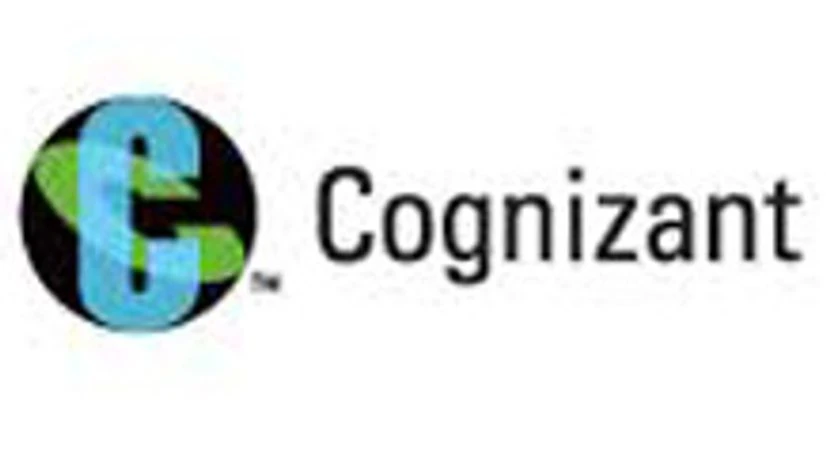IT major Cognizant is planning to defer a part of its capital expenditure programme to next year, primarily because of high offshore utilisation. Earlier, it had said the capex would be around $400 million in 2013 but last week, after the third quarter results, it reduced it to around $300 million.
In an email response to Business Standard’s query, R Chandrasekaran, group chief executive - technology and operations, Cognizant, said their balance sheet remained healthy. The company finished the third quarter (it follows the calendar year) with around $3.36 billion of cash and short-term investments.
During the September-ended quarter, it spent around $31.8 million for capital expenditures.
Also Read
“We ramped up hiring toward the end of last year and early this year. That enabled us to meet the increased demand that we witnessed during the second and third quarters by consciously taking up our utilisation across the company,” said Chandrasekaran.
During the third quarter, offshore utilisation was approximately 75 per cent, while offshore utilisation, excluding recent college graduates who are in the company's training programme, was approximately 81 per cent, he said, adding this allowed them to better optimise facility usage offshore. “The capex guidance has more to do with the timing of the spend. We are continuing on the same plan for our real estate expansion. We have just shifted the timing of some of those payments into next year,” he said.
<b>Slowdown in hiring</b>
The company which added around 6,000 people in the Jan-Mar 2013 quarter, added only 2,100 people in Jul-Sept 2013. However, this was higher than the Apr-Jun 2013 quarter numbers, which stood at 1,600. In Oct-Dec 2012, the company added more than 6,300 people.
The end-period headcount was around 166,400, a net addition of 2,100. Onsite utilisation was up 100 basis points (bps) to 94 per cent while the offshore utilisation (including trainees) was up a sharp 500 bps to 75 per cent. The company management expects utilisation to stabilise at the current levels with headcount addition being more reflective of the quarterly revenue growth trends. Kotak’s research report, after the third quarter results, stated the management attributed the weak hiring over the intent to take up utilisation rates.
The company ramped up hiring towards the end of last year and early this year, which was reflected in December 2012 and March 2013 quarters, allowing it to meet the increased demand that was witnessed during the second and third quarters of this calendar year by consciously taking up utilisation, said Chandrasekaran.
“During the third quarter, we started on-boarding the graduates from the class of 2013. Given the current pace of on-boarding, we will have all 2013 graduates, who accepted our offers, on-boarded by the end of this year, well ahead of our original plans,” said Chandrasekaran.
Speaking about the attrition level, he said, it tends to pick up during the second and third quarters as a result of the timing of bonus payouts, performance management actions as well as associates leaving for higher education.
“In response to higher than expected attrition during the second quarter, we have put in place a number of employee retention programmes starting in August. Though these programmes have a lag effect, we are now paying off quite nicely, as we have witnessed a downward trend in our attrition numbers for September and October. We anticipate that this positive impact will be reflected in our fourth quarter attrition numbers,” said Chandrasekaran.

)
